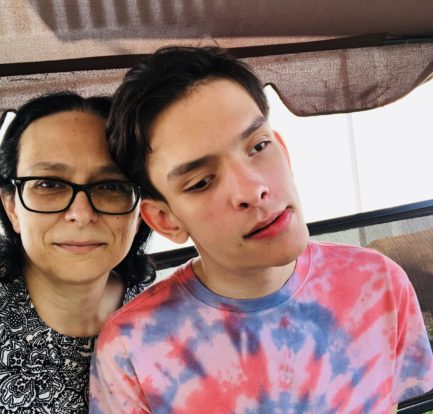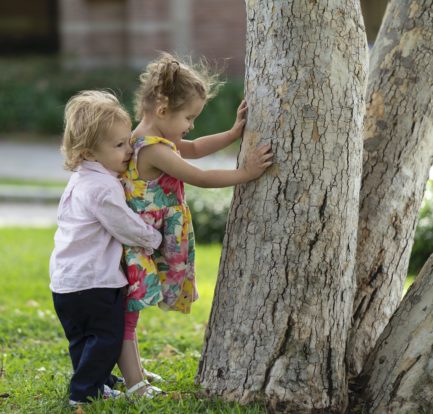Multilingualism in childhood: Developing the ability to communicate proficiently in more than one language Multilingual children regularly hear more than one language and develop multiple systems of communication to engage with and learn about the world around them. These kids take a little bit longer than monolingual children to become proficient since they are building […]
What’s the difference between sign languages and verbal languages? Their modality!
Both sign language and verbal (also referred to as spoken) language are full forms of language (full stop!). They just use different forms of physical expression, known as modalities. Verbal language involves the oral-auditory modality, which is based on the sounds that humans can produce with their vocal tracts and understand with their hearing. Sign […]
Words sometimes sound the same but mean different things, or mean the same thing but sound different! Homonymy, Synonymy, and Polysemy
Language can be ambiguous and confusing, even for adults. For example, sometimes two words that sound the same mean something very different, and sometimes words that sound very different have very closely related meanings! Homonymy, polysemy, and synonymy are just a few properties of language where the meanings and sounds of words interact. Let’s break […]
Why is it more difficult for adults to learn new languages than it is for kids?
Children seem to be able to pick up languages naturally from a very young age, so why is it different for adults to learn a new language? Researchers think that infancy is a critical period for language development. A critical period is a specific time span during development where children are especially sensitive to their […]
“Being open to thinking outside the box, figuring out how to make things work, and being flexible. It goes a long way for accessibility:” An interview with Amber Bobnar of WonderBaby
Amber Bobnar is the founder of WonderBaby.org, a website dedicated to sharing resources for families with children with visual impairments and children with multiple disabilities. She started the blog 15 years ago during the process of receiving diagnoses for her son Ivan, who is blind. We caught up with Amber to talk about Ivan, what […]
Words Create Worlds: Guest Post from the Children’s Cochlear Implant Center at UNC
The Children’s Cochlear Implant Center at UNC is a world-renowned pediatric cochlear implant program, staffed by 4 full time audiologists and 6 full time Listening and Spoken Language certified speech and language pathologists. The Children’s Cochlear Implant Center provides individualized therapy for children with all levels of hearing loss, and learning opportunities for hearing care […]
Reach Out and Read: Books as a Pediatrician’s Secret Tool
Dr. Elizabeth S. Erickson, MD is an excellent pediatrician in Durham and Assistant Professor of Pediatrics in the Duke University School of Medicine. She kindly agreed to write about a program she uses daily in her own practice, Reach Out and Read, which aims to promote early language skills and improve literacy later on in […]
“Blind children can learn a lot through observation.” Interview with Dr. Jennifer Silvers, parent and researcher
Jennifer Silvers, Ph.D., is an Assistant Professor in the Developmental and Social areas of the Psychology Department at UCLA as well as at UCLA’s Brain Research Institute. She is the Principal Investigator for the Social Affective Neuroscience and Development (SAND) Lab, which studies how children, adolescents, and adults regulate their emotions and the effects of […]
Why does the pitch and rhythm of my speech change what I mean?
The word prosody refers to the tune and rhythm of language. In spoken language, prosody provides information beyond the dictionary definitions of the words we say. Consider how you’d say the word “okay,” in the following scenarios: A coworker says, “I’ll call you at two o’clock.” Someone tells you that you won a free vacation. […]
Why does my toddler have trouble with words that sound like ones they already know?
They might have a high neighborhood density. Neighborhood density refers to the number of different words that can be made by changing, adding, or deleting one basic unit of sound (phoneme). In linguistics, a neighborhood is made of all the words that sound similar. The words “heat,” “feat,” and “meat” are all in the same […]

